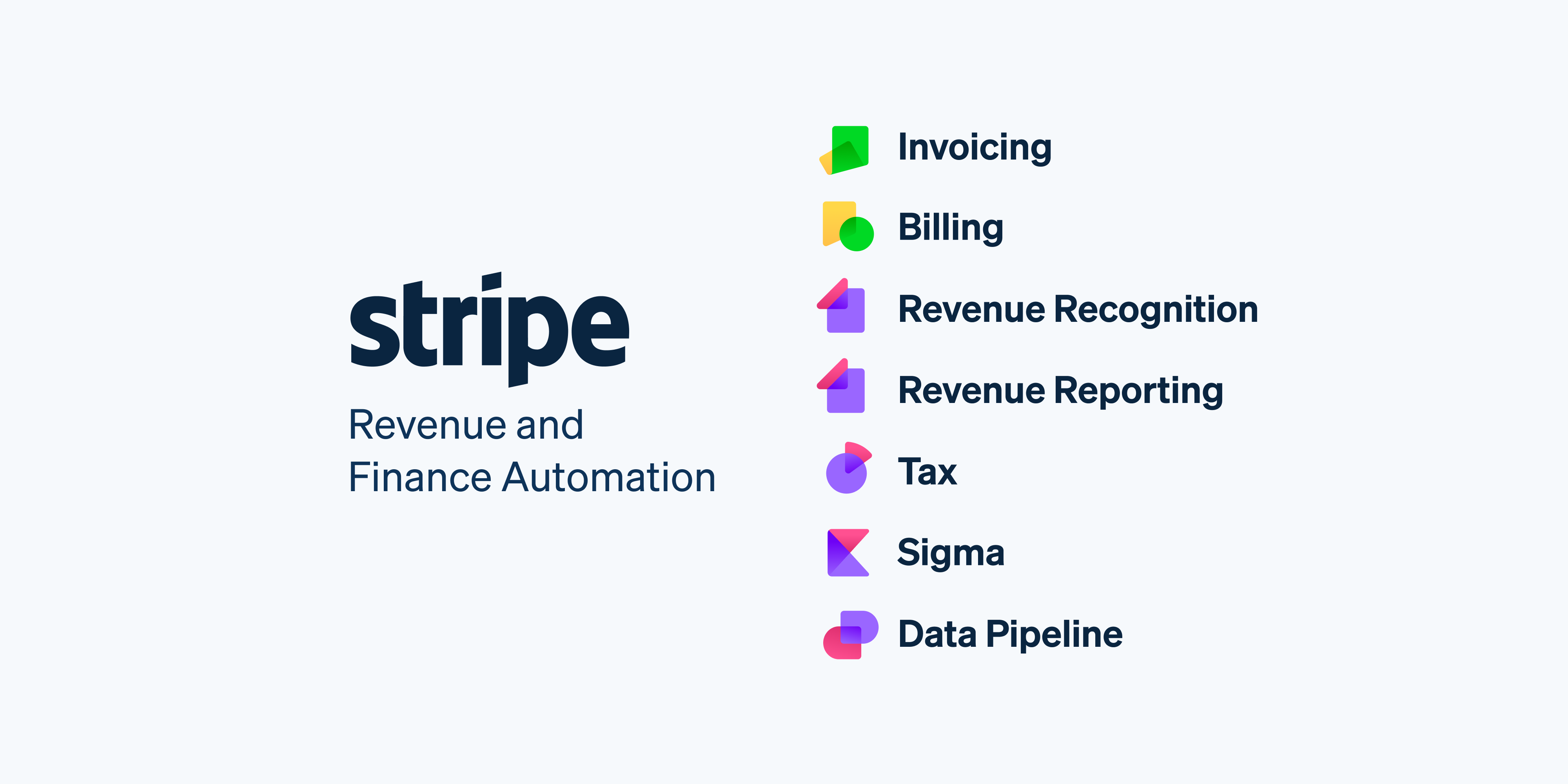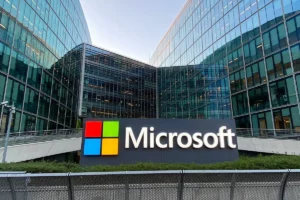Stripe, the digital payments powerhouse, is reportedly on the verge of its largest acquisition to date. The company is in advanced talks to acquire Bridge, a cutting-edge financial software firm, for a staggering $1 billion. This bold move signals Stripe’s ambitious plans to expand its reach and solidify its position as a dominant force in the rapidly evolving fintech sector.
A Strategic Leap Forward
Stripe, already a behemoth in the online payments world with a valuation north of $50 billion, has been on a trajectory of rapid growth and innovation since its inception in 2010. However, the potential acquisition of Bridge marks a significant departure from Stripe’s traditionally cautious approach to mergers and acquisitions.
This deal, if it goes through, represents a pivotal moment for Stripe,” says Sarah Chen, a fintech analyst at Global Insights. “It’s not just about expanding their portfolio; it’s a strategic move to integrate Bridge’s sophisticated financial software capabilities into Stripe’s ecosystem, potentially creating a more comprehensive suite of services for businesses of all sizes.”
Bridge: The Missing Piece in Stripe’s Puzzle?
Bridge, while less of a household name than Stripe, has carved out a significant niche in the financial software space. Known for its innovative approach to business banking and financial management tools, Bridge has gained traction among small to medium-sized enterprises (SMEs) looking for more integrated financial solutions.
Key features of Bridge’s platform include:
- Advanced cash flow forecasting and management
- Real-time financial analytics and reporting
- Automated reconciliation and bookkeeping
- Integrated lending and credit facilities
- Cross-border payment optimization
These capabilities could significantly enhance Stripe’s existing offerings, particularly in areas where the company has been looking to expand its footprint.

The Billion-Dollar Question: Why Now?
The timing of this potential acquisition is particularly intriguing, coming at a moment when the fintech industry is experiencing both rapid growth and increasing consolidation. Several factors may be driving Stripe’s decision to make such a significant move:
- Competitive Pressure: With traditional financial institutions and tech giants alike pushing into the fintech space, Stripe may feel the need to broaden its capabilities to maintain its competitive edge.
- SME Focus: The acquisition could signal Stripe’s intention to deepen its relationships with small and medium-sized businesses, a sector that has been increasingly important for fintech growth.
- Data and AI Integration: Bridge’s advanced analytics and forecasting tools could provide Stripe with valuable data insights and AI capabilities to enhance its services.
- Geographic Expansion: While details are still emerging, there’s speculation that Bridge’s technology could help Stripe expand more efficiently into new markets.
- Regulatory Navigation: As financial regulations evolve globally, Bridge’s compliance and risk management tools could prove invaluable for Stripe’s international operations.
Industry Reactions and Speculations
The news of the potential acquisition has sent ripples through the fintech community, with analysts and competitors alike scrambling to understand the implications.
If this deal goes through, it could set off a wave of consolidation in the industry,” predicts Mark Thompson, CEO of FinTech Futures, a leading industry publication. “We might see other major players looking to make similar moves to keep pace with Stripe’s expanding capabilities.”
Some industry insiders speculate that this could be just the beginning of a more aggressive acquisition strategy for Stripe. “This might be Stripe signaling that they’re ready to use their considerable resources to gobble up innovative companies and consolidate their market position,” suggests Emily Wong, a venture capitalist specializing in fintech.
Challenges and Regulatory Hurdles
While the potential benefits of the acquisition are clear, it’s not without its challenges. Integrating two complex technological systems is always a daunting task, and there’s no guarantee that the merger will go smoothly.
Moreover, a deal of this size is likely to attract regulatory scrutiny. Antitrust concerns have been growing in the tech sector, and financial services are particularly sensitive to regulatory oversight.
“Stripe will need to navigate carefully through the regulatory landscape,” warns John Davis, a fintech legal expert. “They’ll need to demonstrate that this acquisition won’t stifle competition or create an unfair advantage in the market.”
The Broader Implications for Fintech
The Stripe-Bridge deal, if completed, could have far-reaching implications for the fintech industry as a whole:
- Acceleration of AI and Machine Learning: The integration of Bridge’s advanced analytics with Stripe’s vast payment data could lead to more sophisticated AI-driven financial services.
- Blurring Lines Between Payment and Banking Services: This move could further blur the lines between traditional banking services and payment processing, potentially putting pressure on traditional banks to innovate.
- Increased Focus on SMEs: Other fintech companies might follow suit in developing more comprehensive solutions for small and medium-sized businesses.
- Data Privacy Concerns: As Stripe potentially gains access to even more financial data through Bridge’s platform, it may face increased scrutiny over data privacy and security practices.
- Potential for New Financial products: The combined expertise of Stripe and Bridge could lead to the development of innovative financial products that we haven’t seen before.
What’s Next for Stripe?
As Stripe embarks on this potentially transformative acquisition, the industry will be watching closely to see how the company integrates Bridge’s technology and leverages its new capabilities.
“This could be the beginning of Stripe’s evolution from a payments company to a full-stack financial services provider,” speculates Dr. Lisa Park, a professor of financial technology at Stanford University. “The question now is whether they can execute on this vision without losing the agility and innovation that got them to where they are.”
While the $1 billion price tag is certainly eye-catching, the true value of this acquisition will be determined by how effectively Stripe can integrate Bridge’s technology and talent into its existing ecosystem. Success could cement Stripe’s position as a fintech leader for years to come, while failure could prove to be a costly misstep.
As negotiations continue and details emerge, the fintech world holds its breath, knowing that the outcome of this deal could shape the future of digital finance. For Stripe, this bold move represents both a tremendous opportunity and a significant risk – a billion-dollar gamble on the future of fintech.
Whatever the outcome, one thing is clear: Stripe’s pursuit of Bridge signals a new chapter in the company’s history, one that could redefine not just Stripe’s position in the market, but the very nature of financial technology itself. As the dust settles on this potentially historic deal, the only certainty is that the fintech landscape will never be quite the same again.
















Add Comment